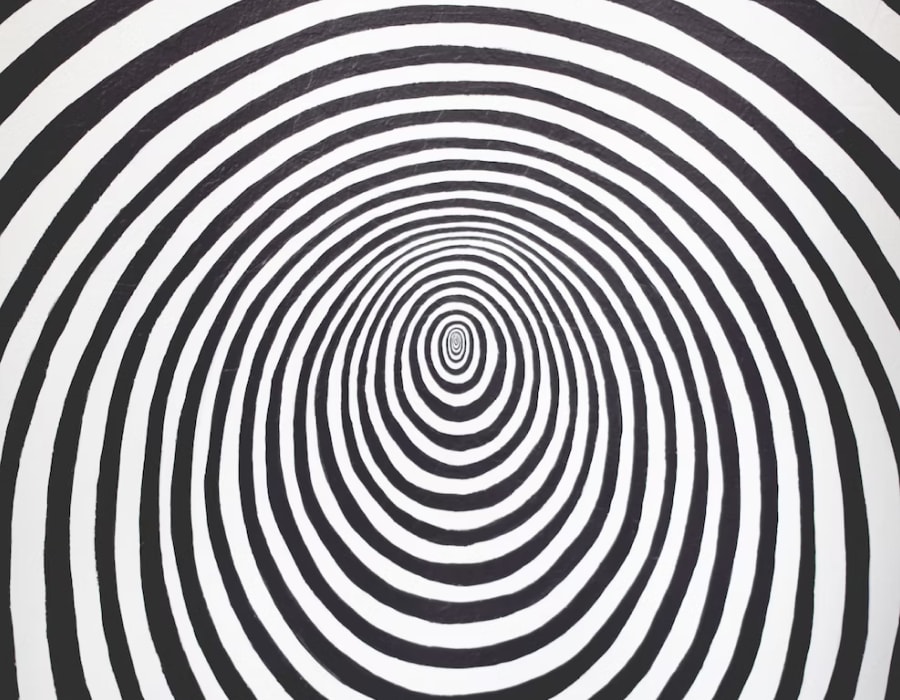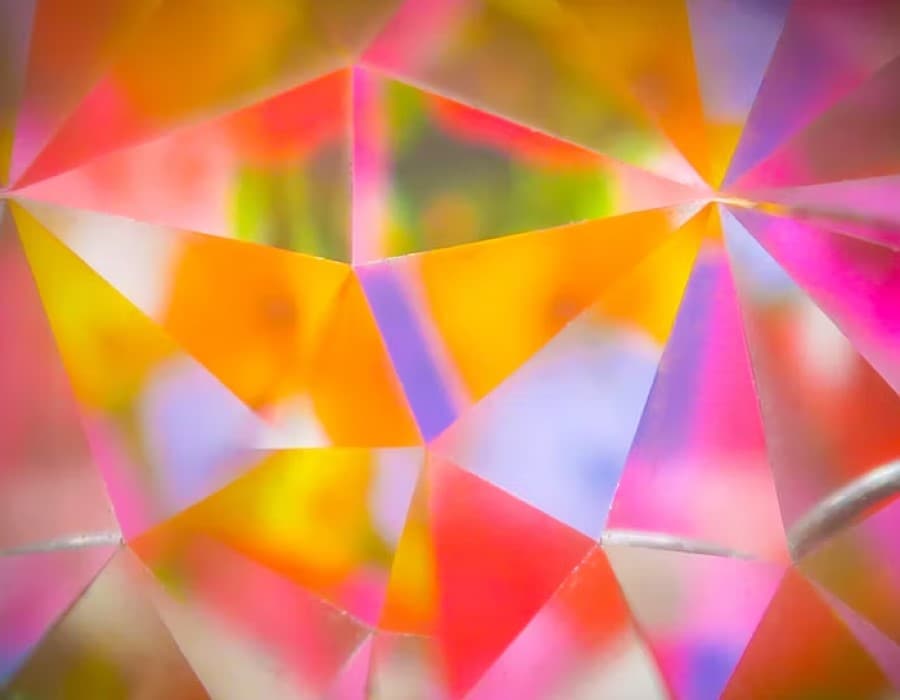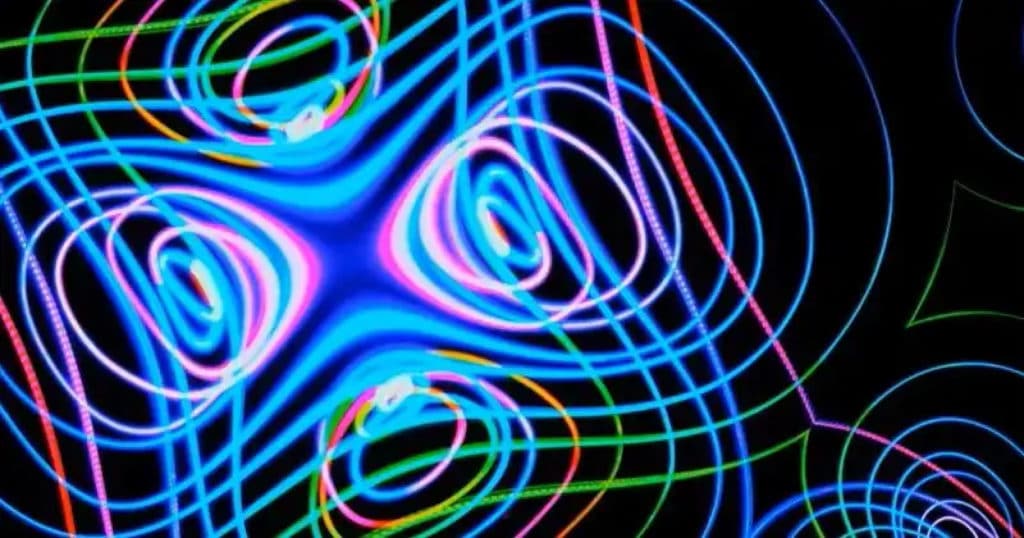Understanding Visual Perception: Optical Illusions and Your Eyes
Your brain and eyes work together to see and know the world around you. For example, your eyes see a friend’s face, but it’s your brain that remembers who they are. It’s simple to think that you see things exactly as they are, but it’s just as easy for your eyes and brain to be tricked by what they see.
The direction you look at something, the way part of a picture is drawn, and even the colors you see can all change the way something looks to you. They can also change the way an object looks to another viewer. For instance, you might see a different color than another person does, even if you’re looking at the same object.
How Does an Optical Illusion Work?
The visual system, which connects the eyes and brain, is what the mind uses to process images of everyday objects. What you take in visually is translated in your mind to a cognitive message.
While some say optical illusions are a mystery, numerous scientists believe they occur when the human brain is unable to interpret a given visual. If an image doesn’t make sense to your brain, it will translate the message into one it has seen before, or is familiar with.
Optical illusions, brain teasers, and eye tricks can include pictures, sculptures, and sometimes even words that are created to try and trick your mind into seeing objects that aren’t really there.
Testing your eyes with optical illusions can be a lot of fun.

Optical Illusion Examples
Optical Illusions and Tricks of Perception
- This short article is full of both challenging and easy optical illusions to test out on your eyes. After each image, there’s an explanation about what you’re meant to see and what is there in reality.
- This illusion asks you to look at the squares in the images labeled “Square A” and “Square B.” Compare the two squares to see if your eyes can spot the visual illusion.
- On this page, you will click through three different images. Each one focuses on how different colors surrounding the same color can trick your brain!
Neuroscience for Kids: The Blind Spot
- This article can help you find your blind spots, which are the parts of your eye that can’t actually see. If something is in your blind spot, you won’t be able to see it.
Hole in Your Hand: Perception and Vision Science Activity
- This trick requires some supplies before you get started. Once you have them, you’ll learn how to see through a hole in your hand.
- This article uses different images to show you the tricks that your brain can play with your eyes, from filling in missing pieces to changing how you see colors.
National Eye Institute: Optical Illusions
- This page asks you to compare the sizes of images on the screen before trying to figure out if your brain is being tricked.
- This activity helps you learn about how caterpillars change into butterflies and shows you how to make an optical illusion of your own.
- This image tricks your eyes and brain into thinking some of the lines are zigzags and some are curvy.
- This site explains what optical illusions are and gives you a list of illusions to look through.
- This activity teaches you how to make your own optical illusion so you can test your skills.
Albert Einstein or Marilyn Monroe?
- Depending on how close you stand to the screen, you might see a picture of Albert Einstein or Marilyn Monroe.
- This article teaches you all about an optical illusion you see frequently in nature: the rainbow!
Nine Optical Illusions to Confuse Your Brain
- Will you see people the same size or a shrinking gray haze?
Eye Openers: Exploring Optical Illusions
- Learn all about how your eyes and brain work together and how visual illusions can trick them. You’ll also find plenty of examples to try.
- Use the space bar to move through different illusions to trick your mind.
Optical Illusion Image Gallery
- This selection of images shows that details in an image can affect how we perceive what’s really there.
- Watch the dancer turn. When you first see her, she’ll be spinning one way, but if you watch closely, you might just get her movement to change direction!
M.C. Escher Cube Optical Illusion Video
- At first, the cube looks normal, but once it starts turning, you realize that your eyes have been tricked.
- You might look at this picture and see a young woman first, or you might see an old woman, but they’re both there!
- In this example, you see a tiger standing at the front of the picture. But can you find the hidden tiger that’s in the picture too?
25 Mind-Twisting Optical Illusion Paintings by Rob Gonsalves
- These paintings trick you into seeing one thing first and then another. The shifting images show how easily your eyes and brain can be tricked.
Make Your Own Optical Illusions
- This guide shows you how to make some of the most popular optical illusions at home.
- This painting by M.C. Escher tricks your eyes into seeing birds turn into fish.
Warped Words and the Stroop Effect
- Try out this test to see if you can name the colors of words rather than reading out the words themselves. It’s really tricky!
- This activity shows how your brain can be tricked into seeing two images on a page when there’s really only one.
Seeing Things That Are Not There: Illusions Reveal How Our Brain Constructs What We See
- This article explains how your eyes can see one thing but your brain can flip it to see something else.
Strength Optical Illusion Magic Trick
- Create a “strength tester” and fool your friends with this illusion.
Kindergarten Optical Illusions: Eyes Play Tricks
- Print out the picture of the flower and the bee. Once you have that, move the middle of the paper toward your nose to see the bee fly to the flower!
Optical Illusions and How They Work
- Test your ability to solve visual illusions while learning how they work in your mind.
Visual Curiosities and Mathematical Paradoxes
- This article teaches you about optical illusions and how “impossible” figures can trick your eyes.
“Missing Corner” Cube Illusion
- As the cube turns, it tricks your mind into thinking it has a missing corner. You may even see a smaller cube in front.
- This experiment shows how your eyes can be tricked with water. The challenge is to see if you can get the arrow to change direction.
Science Meets Crafts Program Kit: Rainbow Illusion Yo-Yos
- This activity guide shows you how to create a yo-yo that has a rainbow on the side when you spin it.
Sense Experiment: The Red, White, and Blue
- Stare at the picture, then look at a white piece of paper. What colors do you see?
Perception and the Brain Lesson Plan
- Your eyes can be fooled in many ways. Check out this illusion, in which the dots appear pink at first but seem to change color as you keep looking.
Optical Illusion Sculptures in Action Video
- This video shows balls that, at first glance, appear to be climbing up the statues.
Fish in the Tank Illusion Activity
- This activity guide has instructions on how to make your own “fish in the tank” illusion.

Though it may all seem a bit mysterious, every mind-bending optical illusion has an explanation. What the human eye sees doesn’t always make sense to the mind. As a result, the brain processes the visual in a way that it can understand. So, what feels like an eye trick is really just your brain’s way of explaining a cognitive illusion.
This may sound complicated, but these eye illusions are usually fun to experience — especially when you encounter new examples!
Sources
What are optical illusions. American Academy of Ophthalmology. Accessed June 2023.


